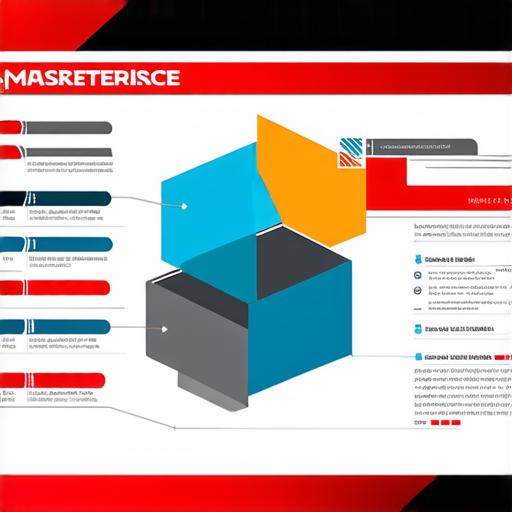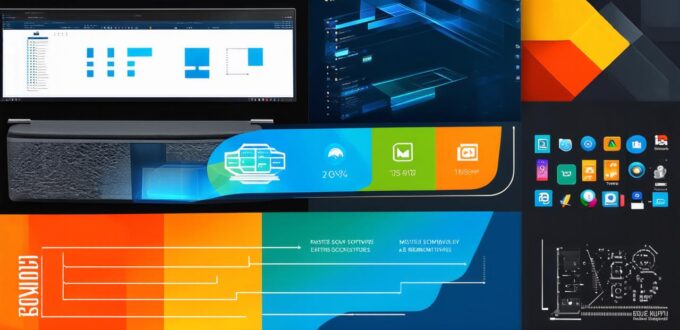Operating System Software
Operating system (OS) software is the backbone of any computer system. It manages all the hardware resources of the computer and provides a platform for running other programs and applications. Examples of operating systems include Microsoft Windows, macOS, and Linux. The OS controls the memory management, task scheduling, device drivers, file systems, security, and networking protocols on a computer.
Application Software
Application software is designed to perform specific tasks or functions for the end-users. These programs are built to run on top of the operating system and take advantage of its features and services. Examples of application software include Microsoft Office, Photoshop, and Google Chrome. Application software can be used for productivity, entertainment, education, and other purposes.
Middleware Software
Middleware software acts as an intermediary between different systems and applications. It provides a common interface for communicating and exchanging data between these systems. Examples of middleware include message queues, application programming interfaces (APIs), and remote procedure calls (RPCs). Middleware software helps to integrate different systems and applications and makes them work together more efficiently.
Database Software

Database software is used for managing and storing data in an organized manner. It provides a way to store, retrieve, update, and manipulate large amounts of data efficiently. Examples of database software include MySQL, Oracle, and Microsoft SQL Server. Database software helps to manage complex data sets and improve the performance and efficiency of data-driven applications.
Device Drivers Software
Device drivers software is used to interface between the operating system and the hardware devices connected to a computer. It translates the low-level instructions of the operating system into commands that can be understood by the device drivers. Examples of device drivers include graphics card drivers, sound card drivers, and network card drivers. Device drivers software helps to ensure smooth communication between the operating system and the hardware devices.
Embedded Software
Embedded software is designed for specific systems or applications that require a high degree of control over their environment. It is used in devices such as automobiles, medical equipment, and home appliances. Embedded software is typically written in low-level languages such as C and assembly language and runs on specialized hardware. Examples of embedded software include firmware for routers, GPS systems, and smartphones. Embedded software helps to ensure the safety and reliability of critical systems and applications.
Comparing System Software Types
When comparing system software types, it is important to consider their functions, features, and benefits. Operating systems provide a platform for running other programs and applications, while application software is designed to perform specific tasks or functions. Middleware software acts as an intermediary between different systems and applications, while database software is used for managing and storing data in an organized manner. Device drivers software ensures smooth communication between the operating system and the hardware devices, while embedded software is designed for specific systems or applications that require a high degree of control over their environment.
Case Study: A Healthcare Application
Let’s take a look at a healthcare application as an example to illustrate how different types of system software work together to provide a seamless user experience. A healthcare application may include an operating system that manages the hardware resources of the computer, such as memory and storage. It may also use application software for tasks such as scheduling appointments, managing patient records, and generating reports. Middleware software may be used to integrate the application with other systems such as electronic health records (EHRs) and billing systems.
